Home>Home Maintenance>How To Get Good Drainage In Garden Soil
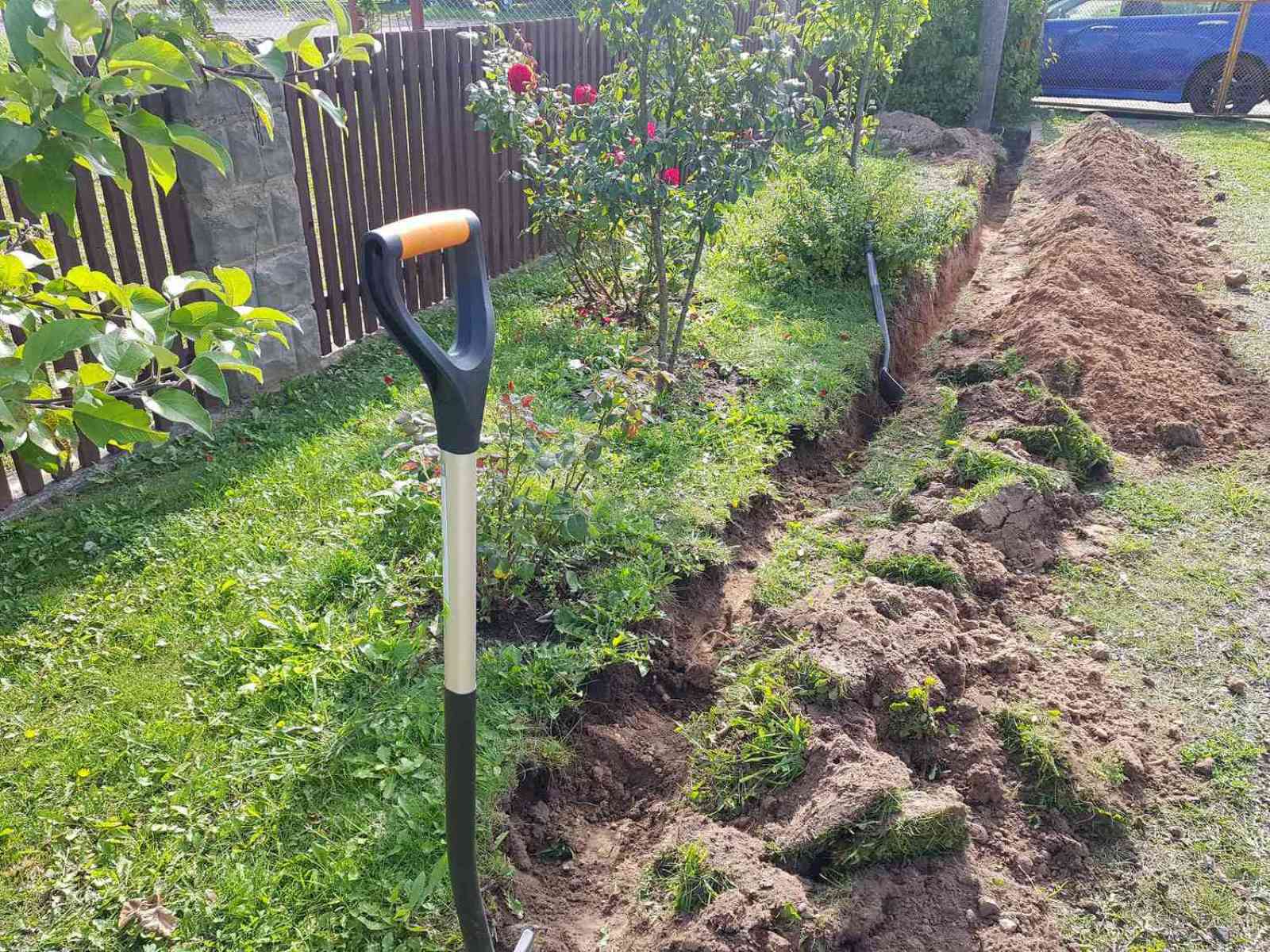

Home Maintenance
How To Get Good Drainage In Garden Soil
Modified: March 7, 2024
Improve the drainage of your garden soil with these essential home maintenance tips. Achieve healthier plants and prevent waterlogging.
(Many of the links in this article redirect to a specific reviewed product. Your purchase of these products through affiliate links helps to generate commission for Storables.com, at no extra cost. Learn more)
Introduction
Welcome to the world of gardening! Whether you are a seasoned gardener or a beginner, one of the key factors to consider for the success of your garden is good drainage in the soil. Adequate drainage plays a crucial role in the overall health of your plants and the productivity of your garden.
So why is good drainage so important? Well, it all comes down to the roots of your plants. Just like humans, plants need oxygen to survive, and their roots require proper airflow to thrive. When soil is poorly drained, excess water accumulates around the roots, causing them to become waterlogged. This lack of oxygen can lead to root rot and eventually the death of your plants.
But it’s not just about preventing waterlogging. Poor drainage can also result in nutrient deficiencies, as essential minerals may be washed away before your plants can absorb them. Additionally, stagnant water can create the perfect breeding ground for harmful bacteria, fungus, and pests, which can further harm your plants.
Now that you understand the importance of good drainage, let’s dive deeper into the factors that affect drainage in garden soil and explore how you can ensure your garden has the best possible conditions for your plants to thrive.
Key Takeaways:
- Good drainage in garden soil is essential for healthy plant growth, preventing root rot, and optimizing nutrient absorption. Factors like soil texture, compaction, and organic matter affect drainage.
- Testing soil drainage and implementing techniques like adding organic matter, aerating the soil, and choosing the right plants are crucial for maintaining optimal drainage in garden soil. Regular maintenance practices are key to nurturing a thriving garden.
Read more: How To Improve Garden Drainage
Importance of Good Drainage in Garden Soil
Good drainage in garden soil is vital for the overall health and success of your plants. Here are some key reasons why it’s important:
- Prevents Waterlogging: Proper drainage helps prevent water from pooling around the roots of your plants. When soil becomes waterlogged, it suffocates the roots by depriving them of oxygen. This can lead to root rot and the eventual death of your plants.
- Optimizes Nutrient Absorption: Well-drained soil allows nutrients to be absorbed by the roots effectively. When soil is overly compacted and lacks proper drainage, vital nutrients can be washed away before the plants can absorb them. This can result in nutrient deficiencies and poor plant growth.
- Prevents Soil Erosion: Adequate drainage helps prevent erosion of the topsoil. When water is unable to drain properly, it can wash away the fertile top layer of soil, taking with it essential nutrients and organic matter. This can degrade the quality of the soil and hinder plant growth.
- Reduces the Risk of Disease: Poorly drained soil creates a favorable environment for the growth of harmful bacteria, fungus, and pests. Excessive moisture can lead to the development of fungal diseases such as root rot and powdery mildew. Good drainage helps keep the soil drier, minimizing the risk of such diseases.
- Enhances Root Development: Adequate drainage encourages healthy root growth. When the soil has good drainage, roots can penetrate deep into the ground, accessing water and nutrients more efficiently. This leads to stronger and more resilient plants.
By ensuring good drainage in your garden soil, you are setting the foundation for healthy plant growth, maximizing their potential, and minimizing the risk of problems like root rot and nutrient deficiencies.
Factors That Affect Drainage in Garden Soil
Several factors can influence the drainage capabilities of your garden soil. Understanding these factors will help you identify any issues and make necessary adjustments to ensure optimal drainage. Here are some key factors to consider:
- Soil Texture: The texture of your soil plays a significant role in drainage. Sandy soils, with their larger particles, tend to drain quickly, while clay soils, with their smaller particles, can become compacted and have poor drainage. Loamy soils, which have a balanced mix of sand, silt, and clay, generally offer good drainage.
- Compaction: Compacted soil can significantly hinder drainage. When soil particles are closely packed together, there is limited space for water to infiltrate and drain away. Factors such as heavy foot traffic, machinery, and improper soil preparation can lead to soil compaction.
- Slope and Grading: The slope and grading of your garden can affect drainage. Ideally, your garden should have a gentle slope that allows water to flow away and prevents it from pooling around plants. Poor grading or low-lying areas can lead to waterlogging and poor drainage.
- Organic Matter: The amount of organic matter in the soil can impact drainage. Organic matter, such as compost or decomposed leaves, improves soil structure and increases its ability to drain excess water while retaining necessary moisture. Soils with low organic matter content tend to have poorer drainage.
- Root Systems: The presence of deep-rooted plants or trees in your garden can affect drainage. These plants can draw up excess water from the soil, helping to improve drainage. However, if the root systems are too dense, they can also impede the flow of water, leading to poor drainage.
It’s essential to assess these factors in your garden and take appropriate measures to improve drainage if needed. Adjustments such as adding organic matter, aerating the soil, or implementing proper grading techniques can help improve the drainage capabilities of your garden soil.
Testing Soil Drainage
Before making any adjustments to improve soil drainage, it’s essential to determine the current drainage capabilities of your garden soil. Testing the soil drainage will help you identify any issues and guide you in implementing the appropriate measures. Here are a few methods to test soil drainage:
- Percolation Test: This simple and effective test involves digging a hole in the ground and filling it with water. Observe how long it takes for the water to drain. If the water drains within a few hours, it indicates good drainage. If it takes longer or the water remains stagnant, it suggests poor drainage.
- Observation: Pay attention to how water behaves in your garden after rainfall or irrigation. If you notice excess water pooling, puddling, or taking a long time to drain away, it indicates poor drainage. Areas with waterlogged soil or slow drainage should be noted for further investigation.
- Infiltration Test: This test helps determine how quickly water is absorbed into the soil. Dig a small hole or trench in the garden and pour water into it. Measure the time it takes for the water to be absorbed. Fast absorption indicates good drainage, while slow absorption suggests poor drainage.
- Soil Texture Analysis: Understanding the texture of your soil can provide insights into its drainage capabilities. Sandy soils typically have excellent drainage, while clay soils tend to retain water. Conduct a simple soil texture test using a mason jar to determine the proportion of sand, silt, and clay in your soil.
By performing these tests, you can assess the drainage characteristics of your garden soil and identify areas that may require improvement. Understanding the current drainage situation will help you make informed decisions regarding soil amendments and garden layout adjustments.
Remember, different areas within your garden may have varying drainage capabilities, so it’s important to test multiple locations to obtain a comprehensive view. This will allow you to tailor your drainage improvement strategies accordingly for each specific area.
To improve drainage in garden soil, add organic matter like compost or peat moss to loosen the soil and create channels for water to flow through. This will help prevent waterlogging and promote healthy plant growth.
Techniques for Improving Drainage in Garden Soil
If you’ve determined that your garden soil has poor drainage, don’t worry! There are several techniques you can implement to improve the drainage and create a healthier environment for your plants. Here are some effective strategies:
- Add Organic Matter: Incorporating organic matter, such as compost, well-rotted manure, or leaf mulch, can greatly improve soil drainage. Organic matter helps create pore spaces in the soil, allowing water to flow more freely. It also enhances soil structure, preventing compaction and promoting better drainage.
- Aerate the Soil: Aerating the soil involves creating small holes or channels to improve airflow and allow water to penetrate deep into the ground. You can use a garden fork or aerating tools to loosen compacted soil. This helps break up dense layers and improves overall drainage.
- Implement Raised Beds: Raised beds provide excellent drainage as they are elevated from the ground. The soil in raised beds tends to be looser and better-drained than the surrounding garden soil. Build raised beds using porous materials such as untreated wood or stone, and fill them with a well-draining mixture of soil and compost.
- Install Drainage Systems: In areas with persistent drainage issues, it may be necessary to install drainage systems. Options include French drains, which consist of perforated pipes surrounded by gravel to redirect excess water, or a network of underground drains. Consult a professional or landscaper for proper installation.
- Use Well-Draining Soil Mixtures: When planting in containers or raised beds, it’s important to use a well-draining soil mixture. Avoid heavy garden soil and opt for a blend that includes perlite, vermiculite, or coarse sand. This ensures that excess water can drain away and prevents waterlogging of plant roots.
- Create Sloping Beds: Design your garden beds with a gentle slope to encourage water to flow away rather than collect and pool. This helps prevent waterlogging and improves overall drainage. Additionally, contouring the soil surface with gentle mounds can prevent water from accumulating in low-lying areas.
Remember to assess the specific needs of your garden and adjust drainage techniques accordingly. It’s also important to stay attentive to watering practices, ensuring that plants receive adequate moisture without overwatering, which can lead to drainage issues.
By implementing these techniques, you can effectively enhance the drainage capabilities of your garden soil, providing your plants with a healthier environment in which to thrive.
Read more: What Is A Good Soil Mix
Choosing the Right Plants for Good Drainage
When it comes to creating good drainage in your garden soil, selecting the right plants is just as important as implementing proper soil improvement techniques. Some plants are naturally more tolerant of poorly drained soils, while others thrive in well-drained conditions. Here are some tips for choosing the right plants for good drainage:
- Go for Native Plants: Native plants are well-adapted to the local climate and soil conditions. They are often more tolerant of the natural drainage patterns in your area. Research native plant species that are suitable for your region and consider incorporating them into your garden.
- Choose Drought-Tolerant Plants: Plants that are adapted to dry conditions often have characteristics that indicate good drainage capabilities. Look for plants that have deep roots or succulent leaves, as these are usually indicators of plants that can handle well-drained soil.
- Consider Mediterranean Plants: Many plants from Mediterranean regions are accustomed to well-drained soils and are excellent choices for gardens with good drainage. Lavender, rosemary, and thyme are examples of Mediterranean plants that thrive in well-drained conditions.
- Look for Plants with “Sandy Soil” Preferences: Some plants are known to prefer sandy soils, which typically have good drainage. Look for plants that are listed as suitable for sandy soil in gardening references or online databases. These plants are more likely to thrive in well-drained soil.
- Avoid Water-Loving Plants: Plants that thrive in wet or boggy conditions are not suitable for gardens with good drainage. Avoid plants that require consistently moist or waterlogged soil, as they may struggle or even perish in well-drained conditions.
- Consult with Local Plant Experts: Visit local nurseries or consult with gardening experts in your area to get advice on plants that perform well in well-drained soils. They can provide specific recommendations based on your local climate and soil conditions.
Remember, while choosing plants that prefer well-drained soil is important, it’s also crucial to match plants with the specific conditions of your garden, including sunlight exposure and climate. A diverse selection of plants that are suited to your garden’s drainage capabilities will create a visually appealing and thriving garden.
By selecting the right plants for good drainage, you can ensure that your garden not only looks beautiful but also maintains a healthy and balanced ecosystem.
Maintaining Drainage in Garden Soil
Maintaining good drainage in your garden soil is an ongoing process that requires regular attention and care. Here are some essential practices to help you maintain proper drainage in your garden:
- Monitor Watering: Overwatering is a common cause of poor drainage. Be mindful of your watering practices and aim to water deeply and less frequently, allowing the soil to dry out between watering sessions. Adjust watering schedules based on the weather conditions and the specific needs of your plants.
- Prevent Soil Compaction: To maintain good drainage, avoid compacting the soil in your garden. Minimize foot traffic on garden beds, use stepping stones or pathways to direct movement, and avoid heavy machinery or equipment in areas where compaction can occur.
- Remove Excess Debris: Clear away any debris or fallen leaves from your garden regularly. Decomposing organic matter can hinder drainage and create a buildup of moisture in the soil. By keeping your garden tidy, you’ll help promote good airflow and prevent waterlogging.
- Inspect and Address Drainage Issues: Regularly inspect your garden for any signs of poor drainage, such as standing water or areas that take longer to dry out after rainfall. Address any issues promptly by improving soil structure, adjusting grading, or making use of drainage techniques like French drains or underground drains.
- Rotating Crops: If you have a vegetable garden, practice crop rotation to prevent the buildup of pests and diseases that can impact soil health and drainage. Moving plants to different areas of the garden each season helps maintain a balanced ecosystem and reduces the risk of soil-related issues.
- Divide and Thin Plants: Overcrowded plants can impede airflow and create pockets of dampness in the soil. Regularly divide and thin out plants that have become too dense. This not only improves drainage but also promotes healthier growth and reduces the risk of diseases.
- Regular Soil Testing: Conduct periodic soil tests to evaluate the nutrient levels and pH balance of your garden soil. Proper nutrient balance promotes healthy root development and contributes to overall soil health, which in turn improves drainage capabilities.
By incorporating these maintenance practices into your gardening routine, you can ensure that your garden soil maintains optimal drainage throughout the growing season. Regular observation and care are key to preventing drainage issues and providing a healthy environment for your plants.
Remember, gardening is an ongoing learning process, and the needs of your garden may change over time. Stay attentive to your plants’ individual requirements and make adjustments as necessary to maintain good drainage and nurture a thriving garden.
Conclusion
In conclusion, good drainage in garden soil is crucial for the health and success of your plants. Adequate drainage not only prevents waterlogging and root rot but also promotes nutrient absorption, reduces the risk of diseases, and enhances root development. By ensuring proper drainage, you create a favorable environment for your plants to thrive.
Factors such as soil texture, compaction, slope, and organic matter content can significantly affect soil drainage. By testing your soil for drainage capabilities, you can identify any issues and make the necessary adjustments to improve drainage. Techniques like adding organic matter, aerating the soil, using raised beds, and installing drainage systems can enhance the drainage capabilities of your garden soil.
Choosing the right plants for good drainage is equally important. Selecting native plants, drought-tolerant species, and those that prefer sandy soils will ensure that your plants are well-suited to your garden’s drainage conditions. Regular maintenance practices, such as monitoring watering, preventing soil compaction, and addressing drainage issues promptly, will help maintain the optimal drainage of your garden soil.
Gardening is a constant learning process, and it’s important to stay attentive to the needs of your garden. By following these guidelines, you can create an environment that fosters healthy plant growth and maximizes the potential of your garden. Remember to enjoy the journey of gardening and embrace the rewards that come with a well-drained and thriving garden.
Frequently Asked Questions about How To Get Good Drainage In Garden Soil
Was this page helpful?
At Storables.com, we guarantee accurate and reliable information. Our content, validated by Expert Board Contributors, is crafted following stringent Editorial Policies. We're committed to providing you with well-researched, expert-backed insights for all your informational needs.
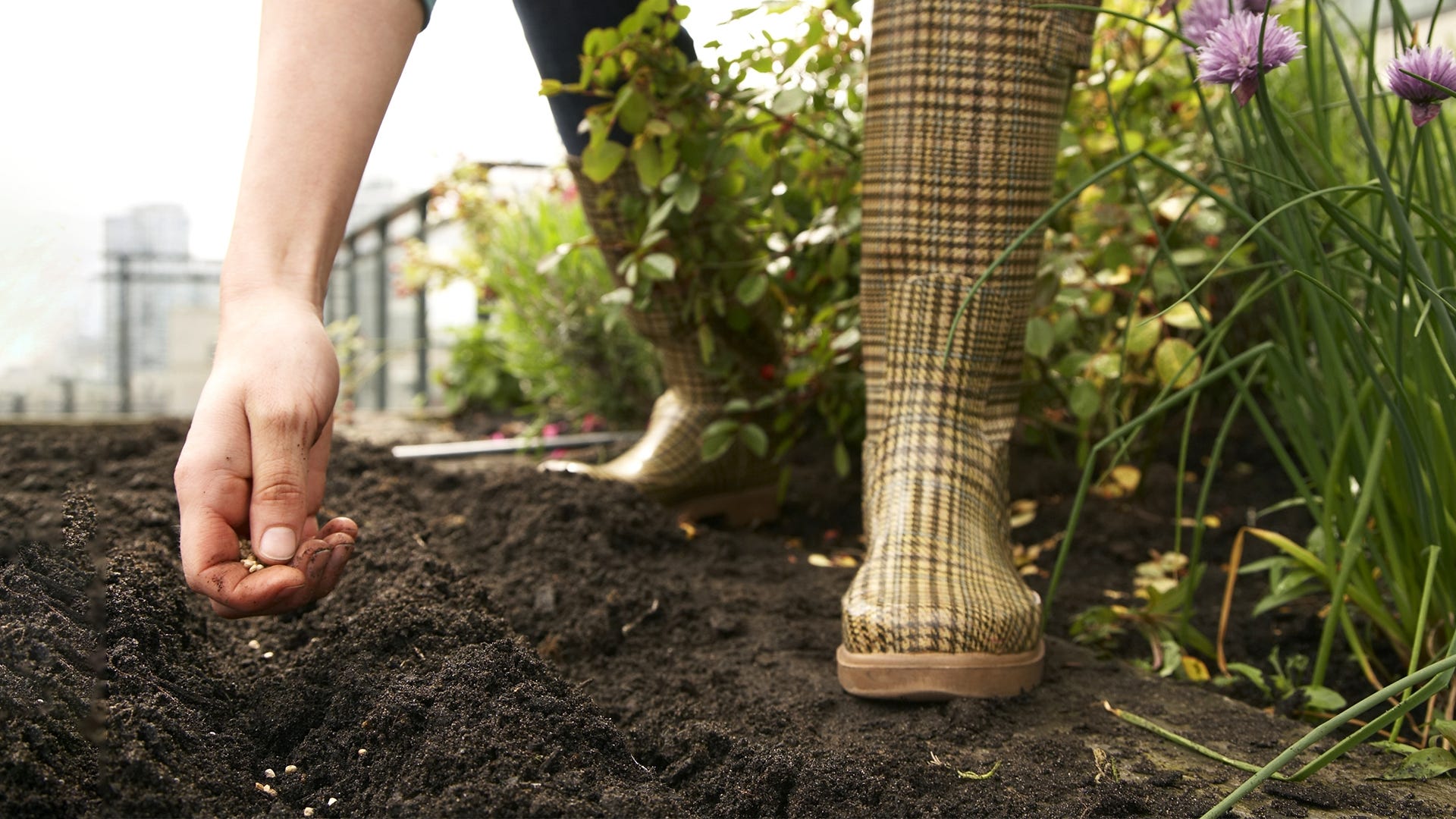
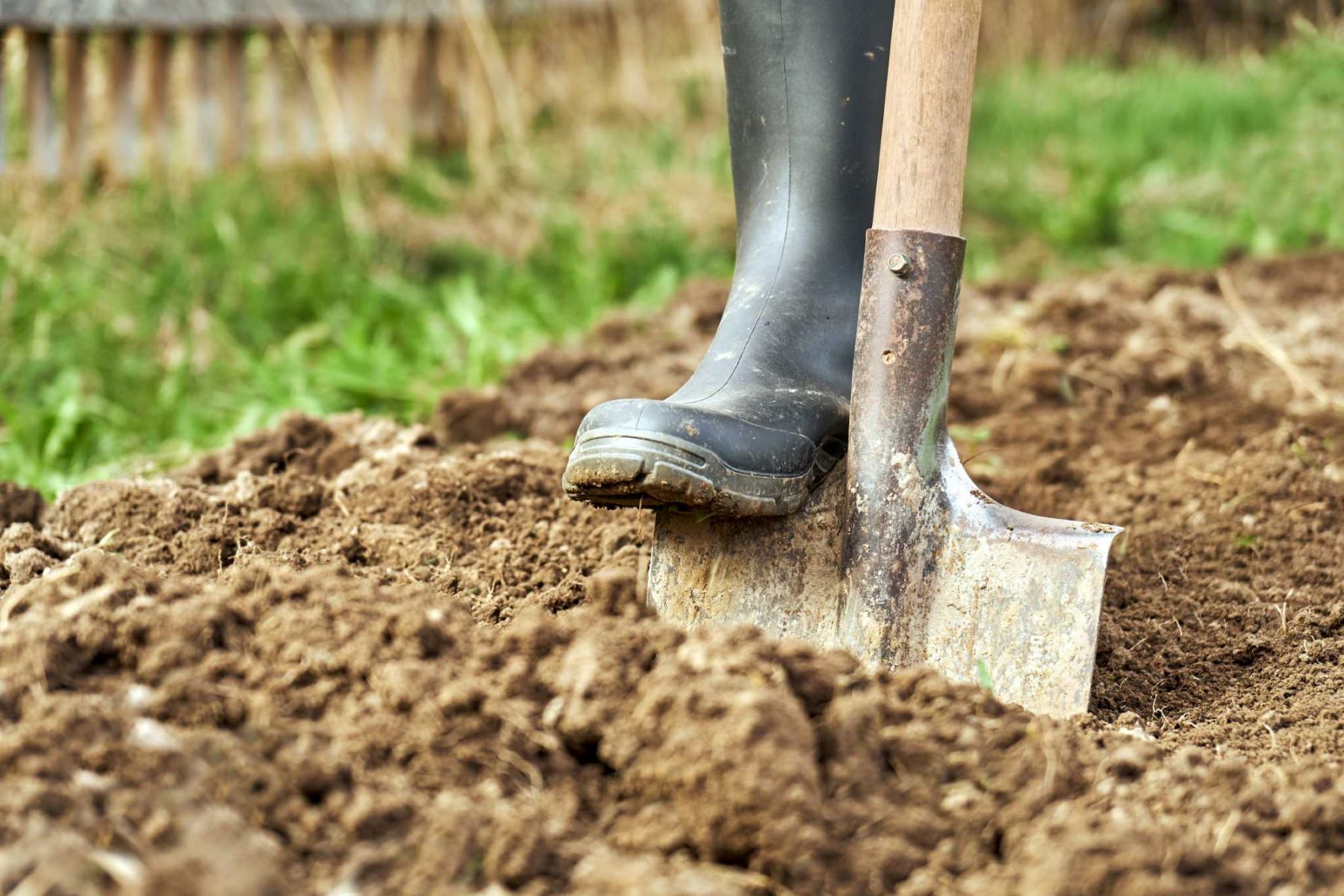
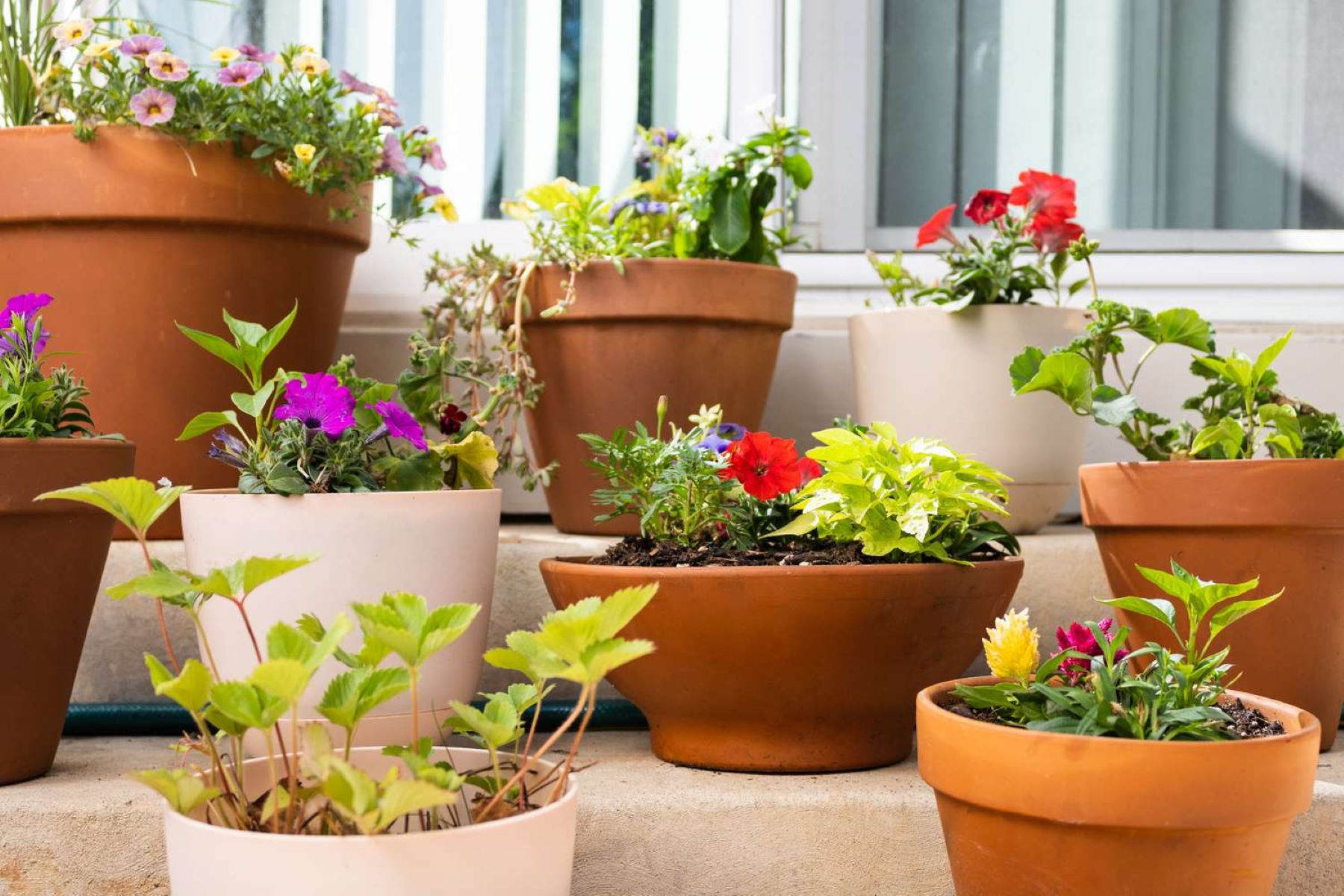
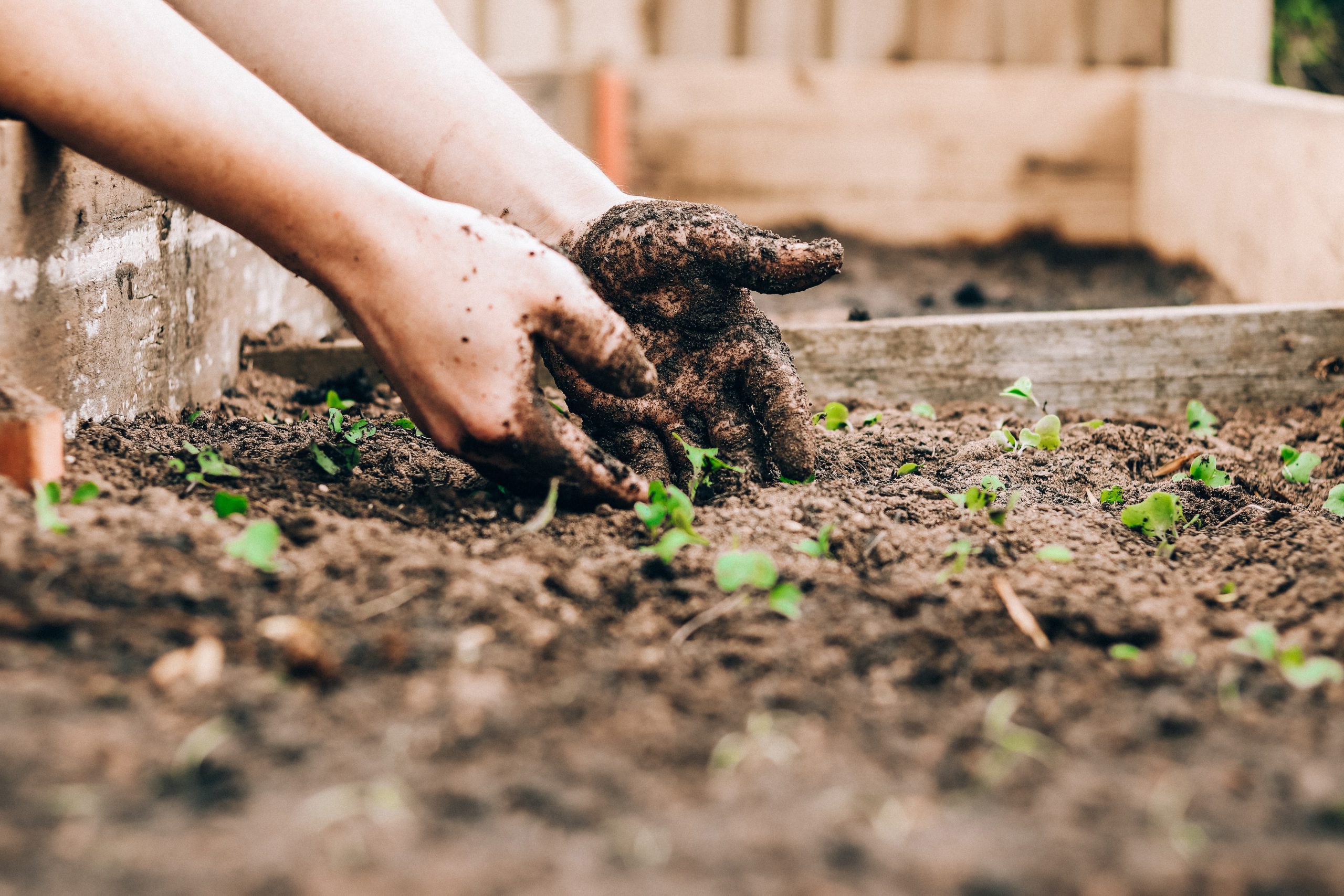
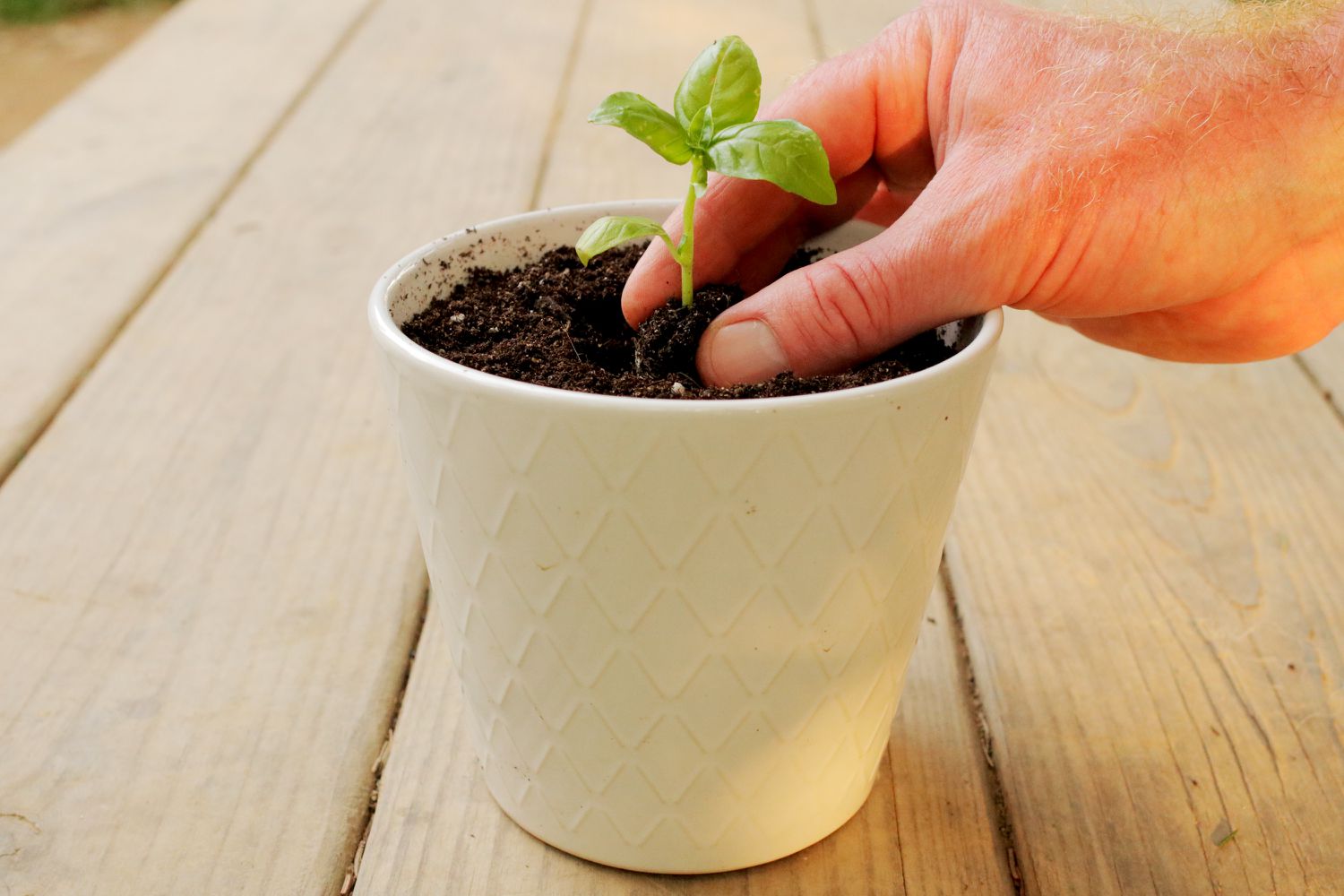
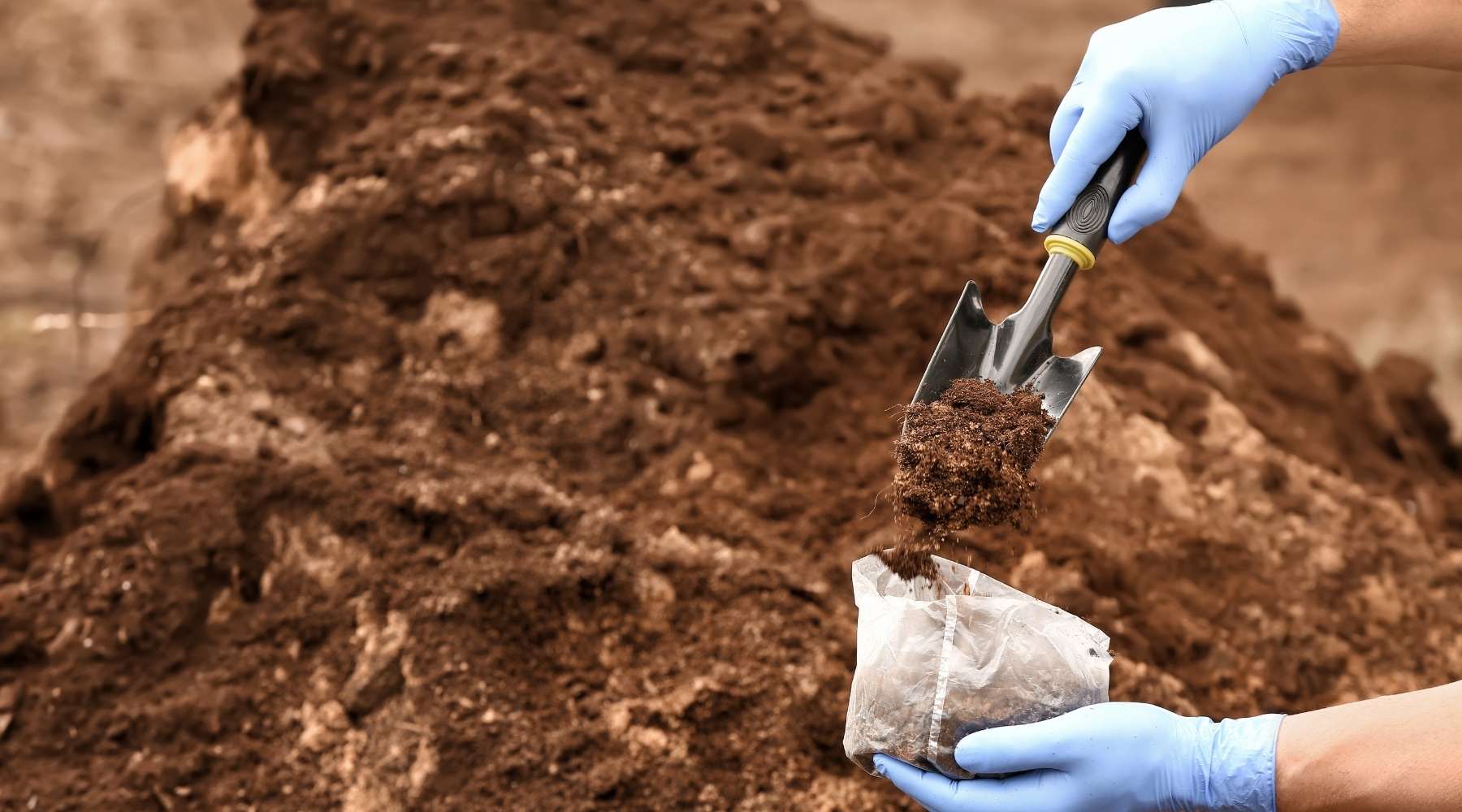
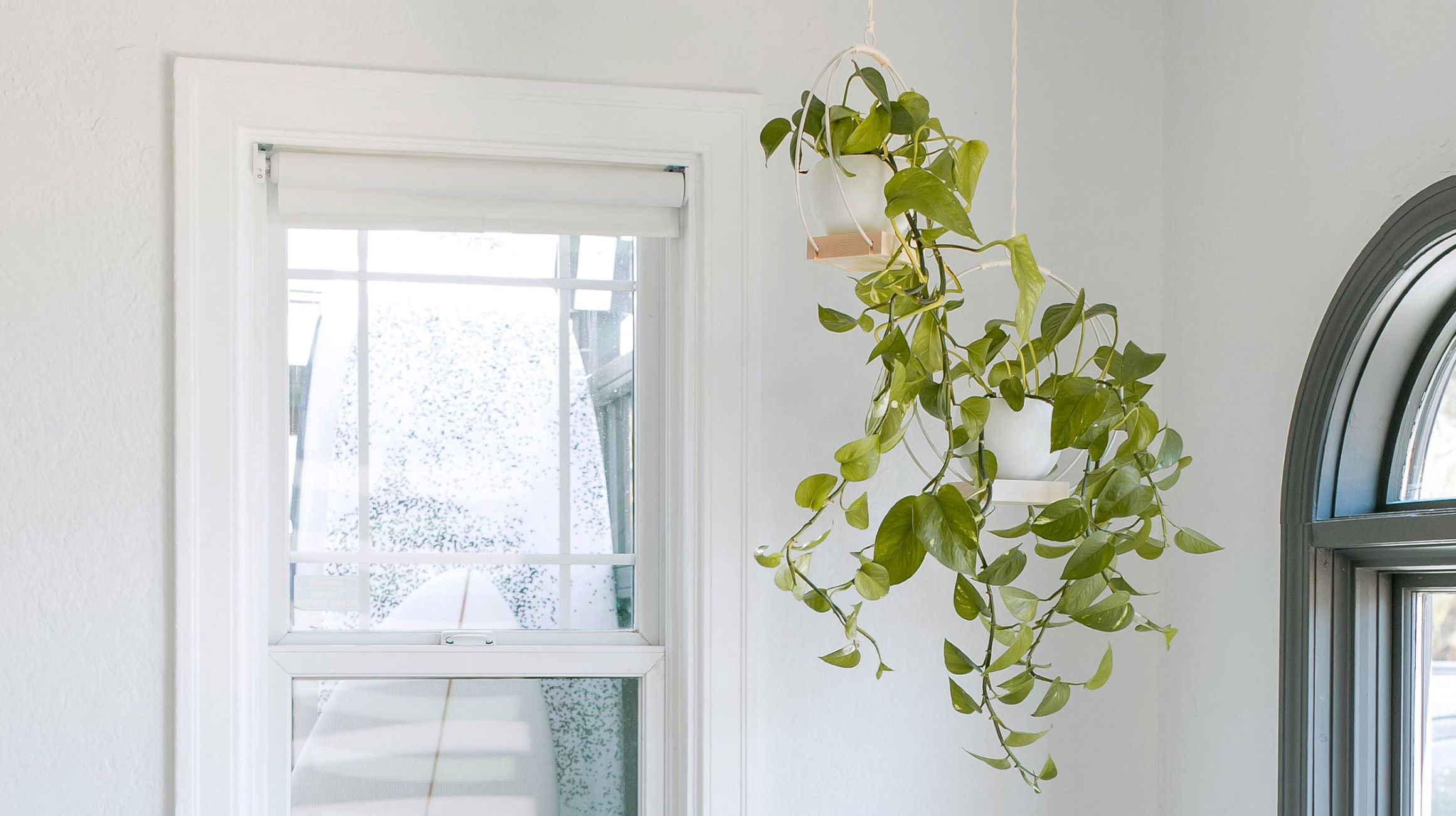
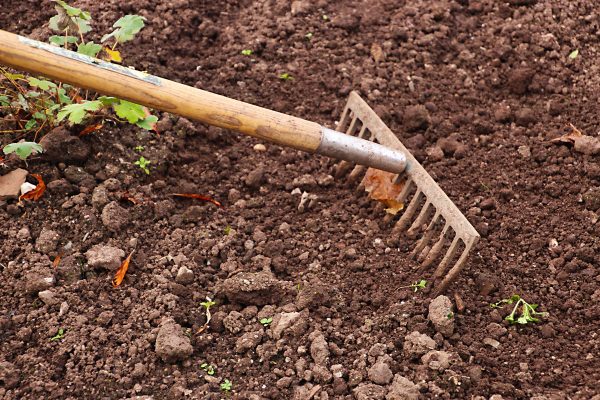
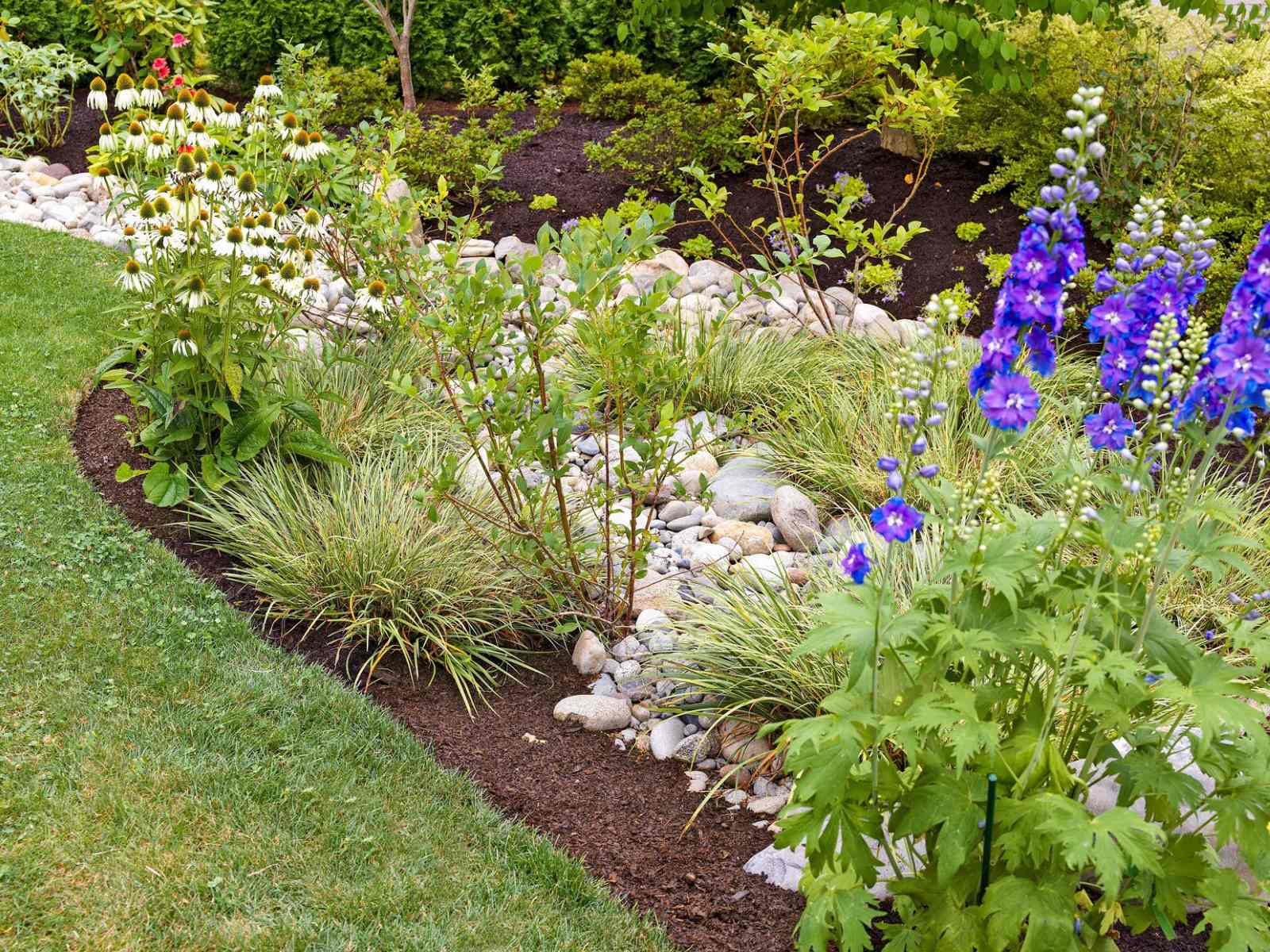
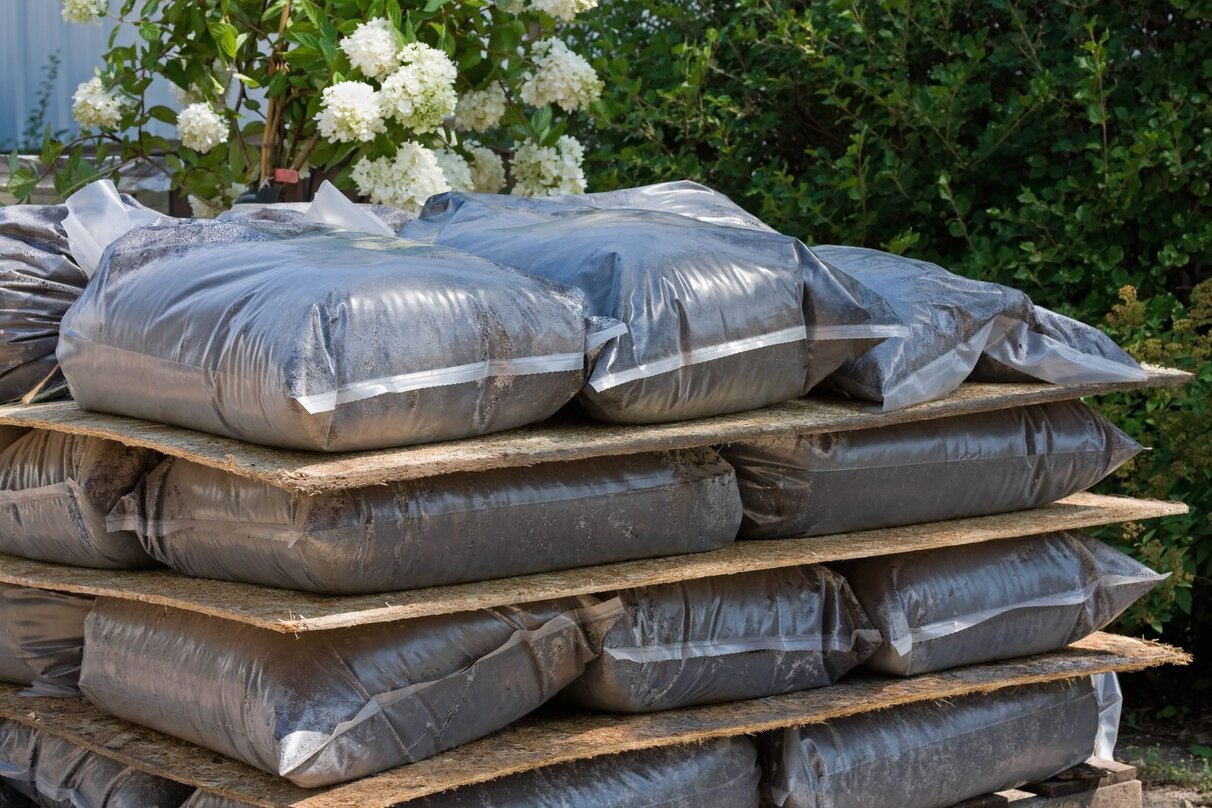
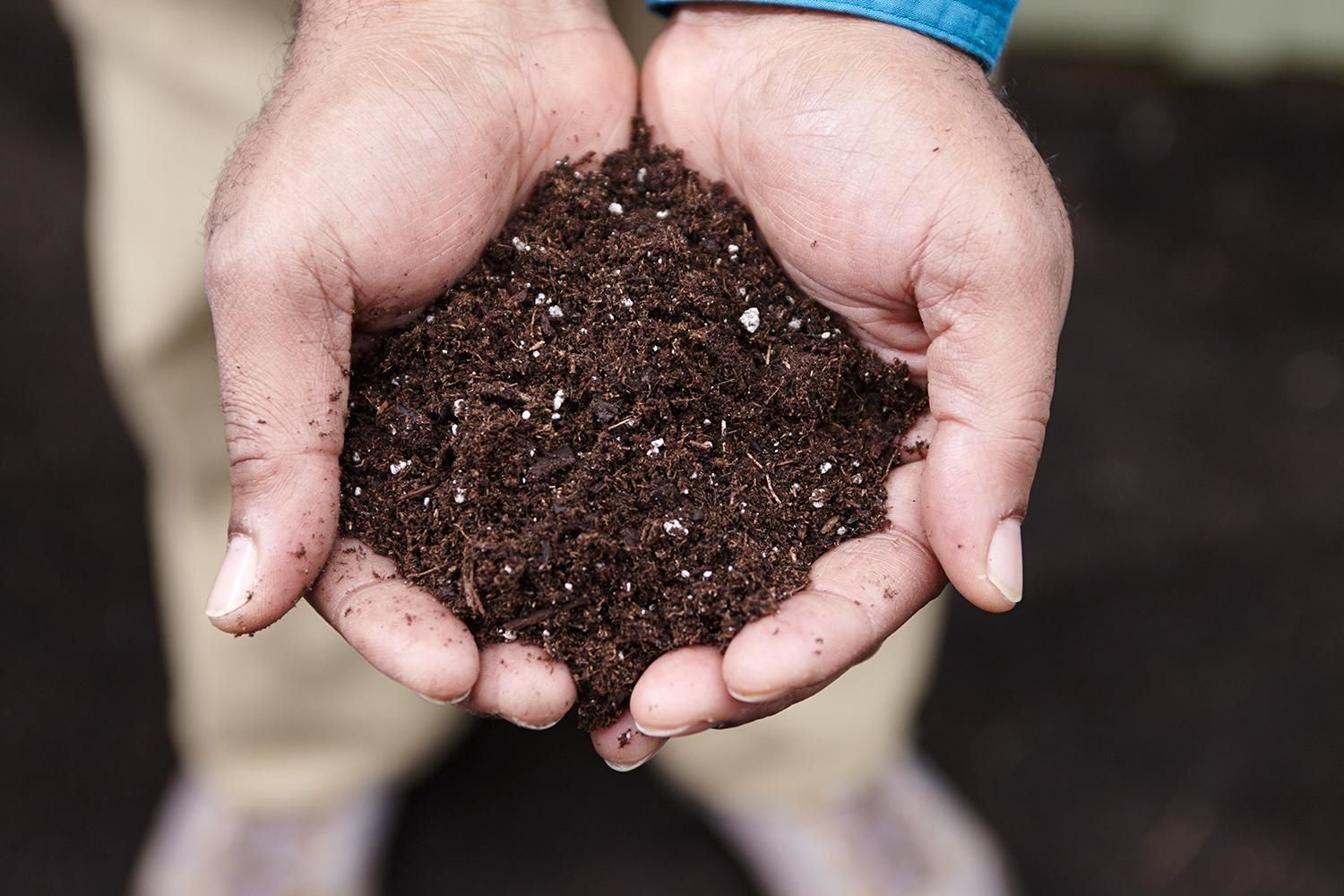
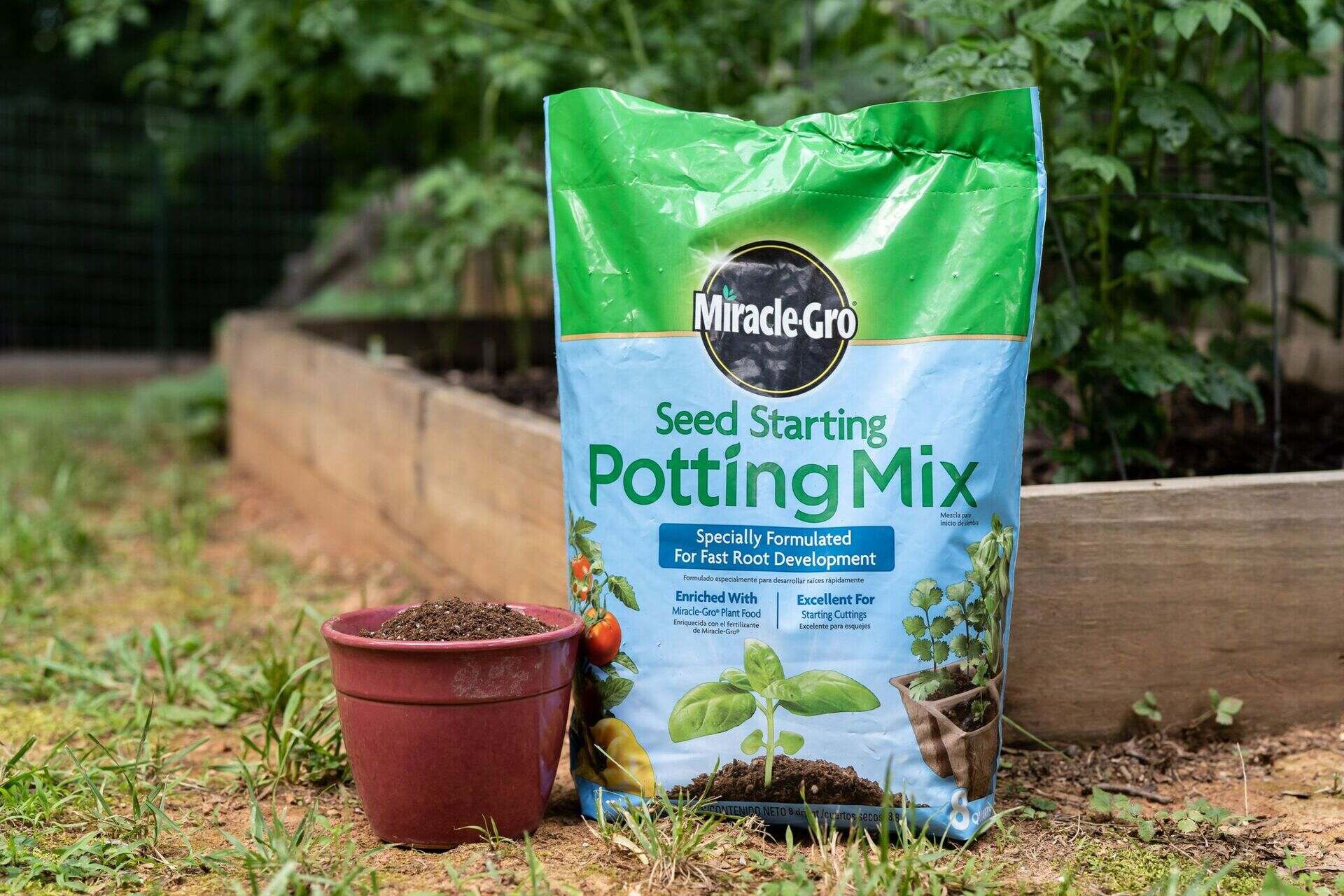
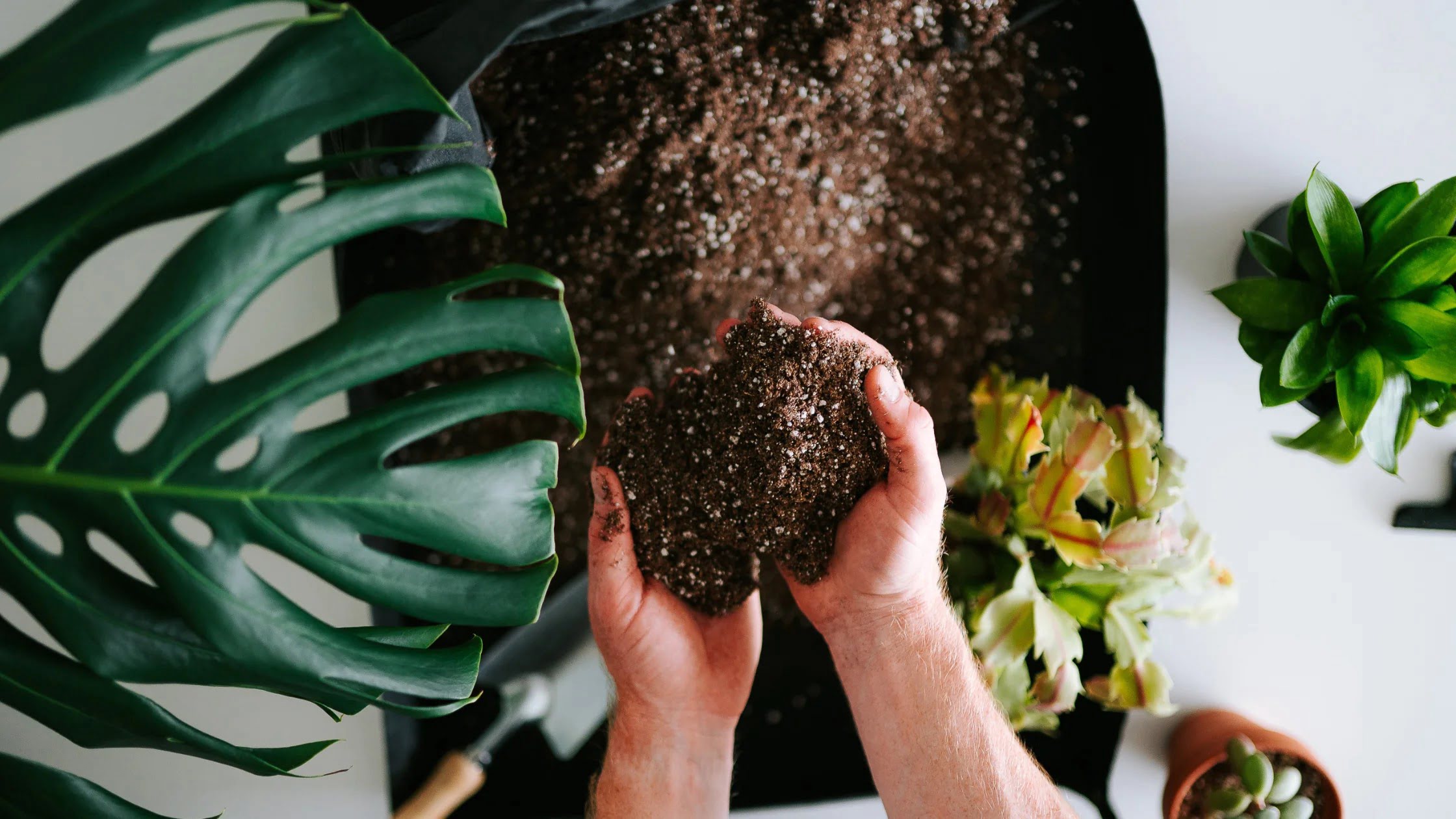
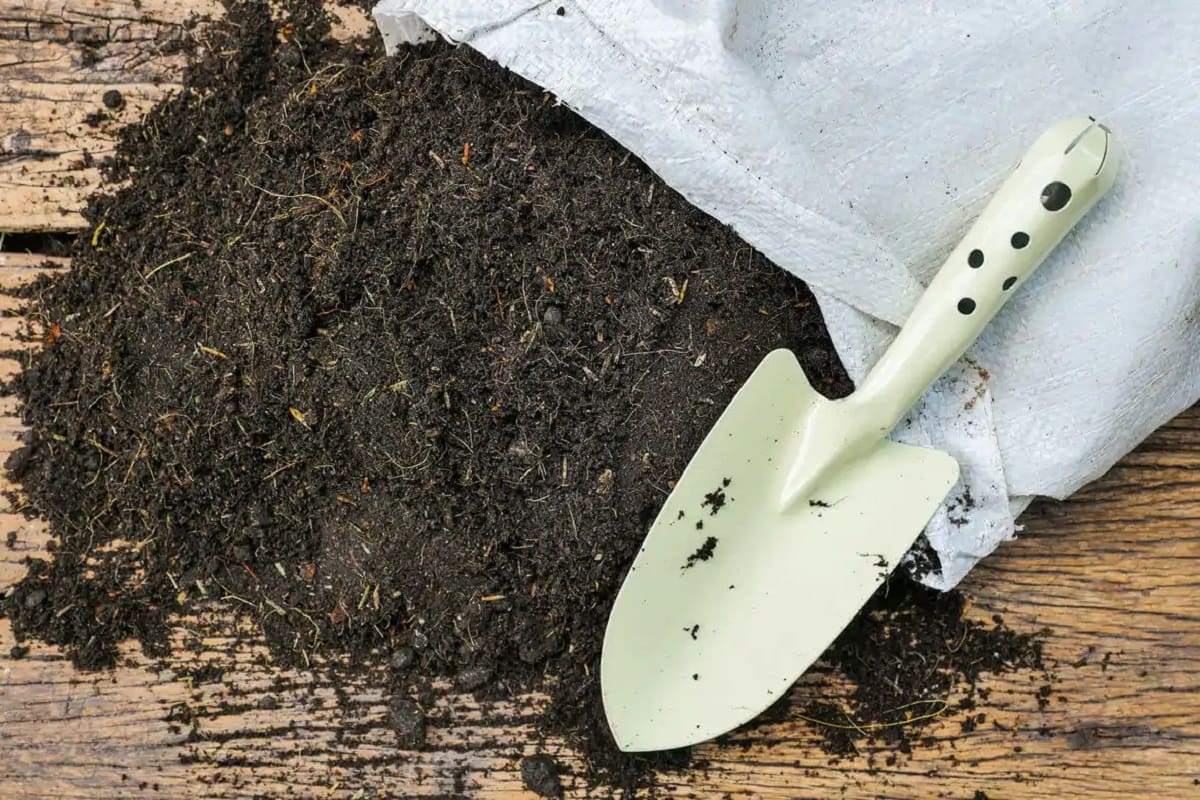

0 thoughts on “How To Get Good Drainage In Garden Soil”